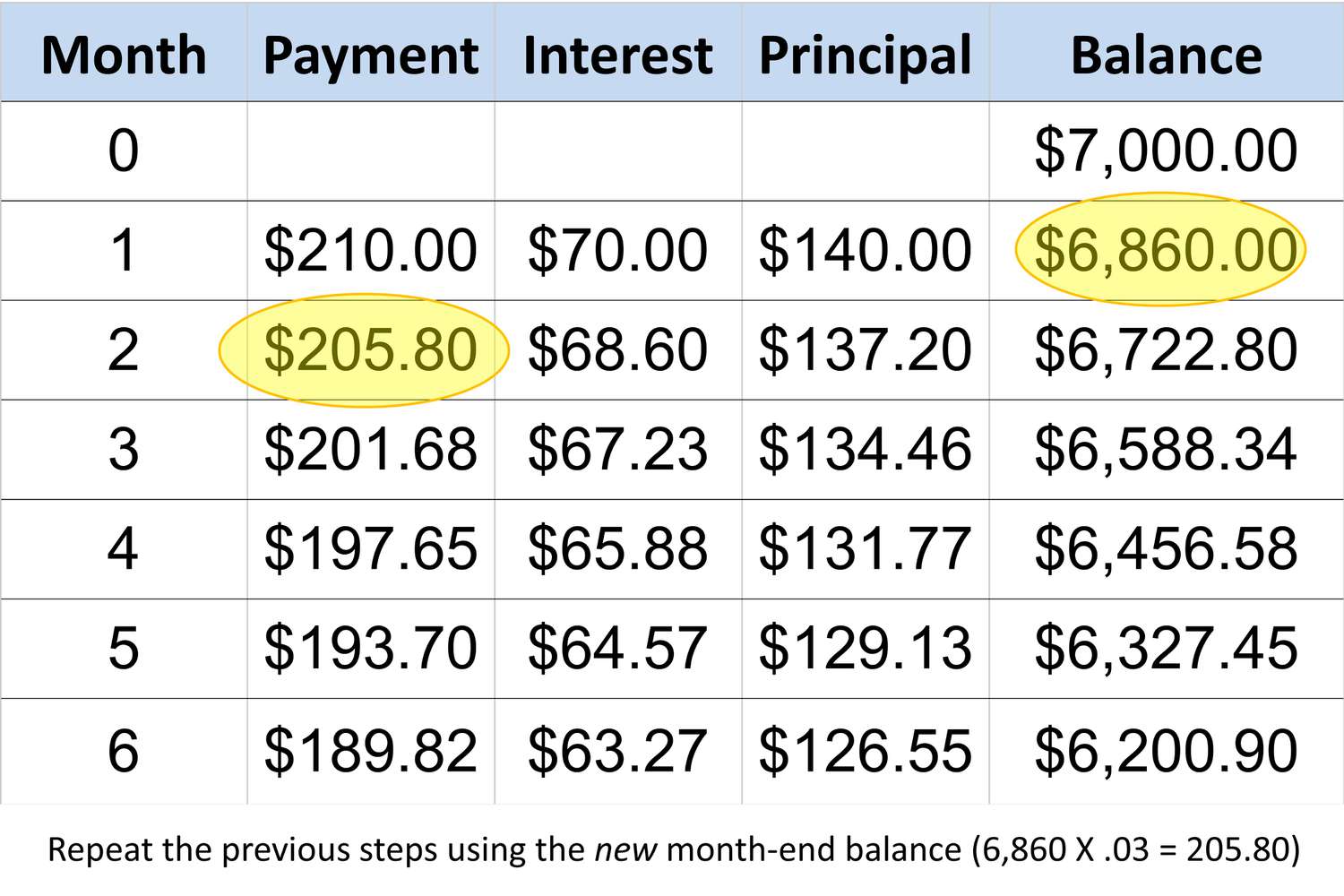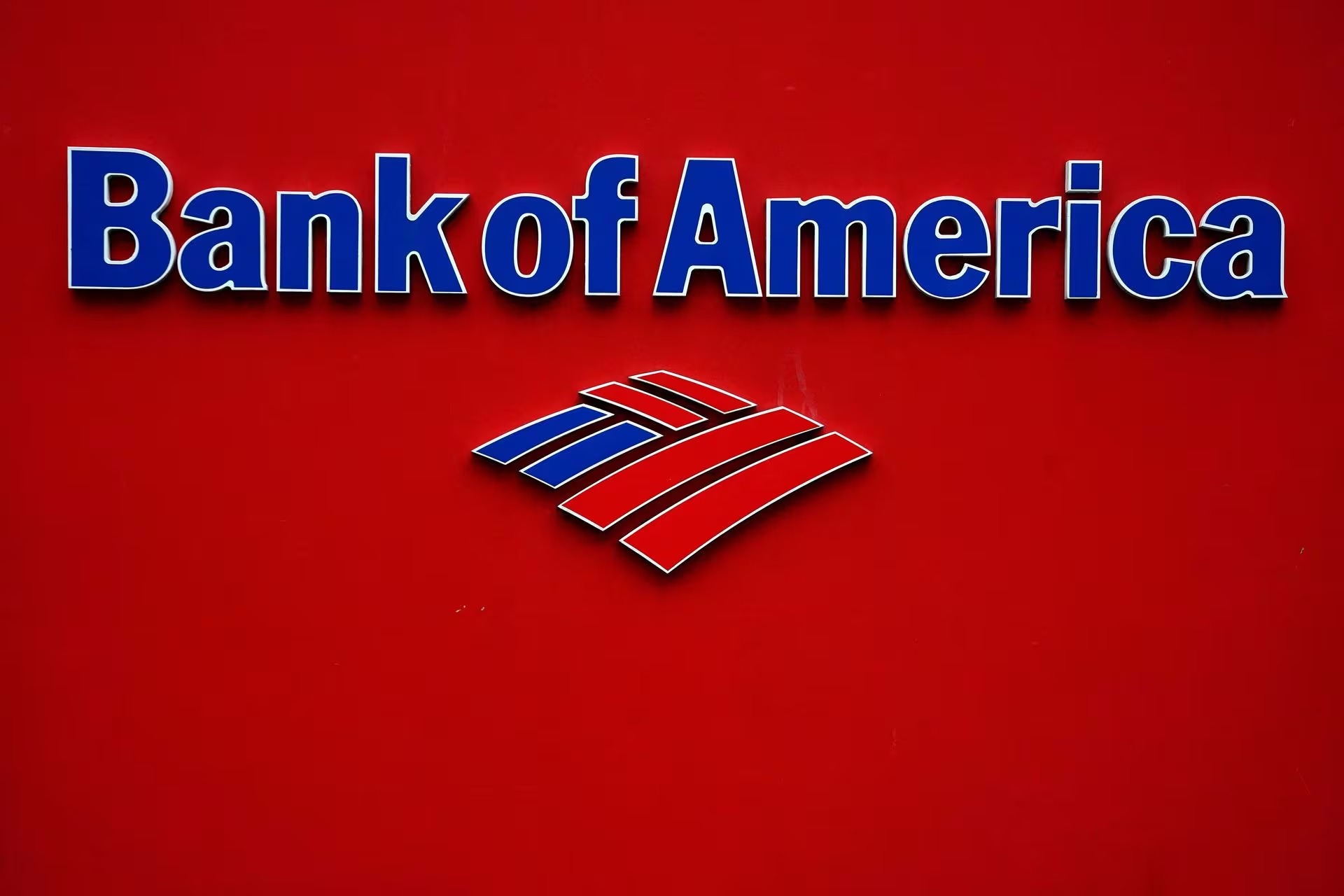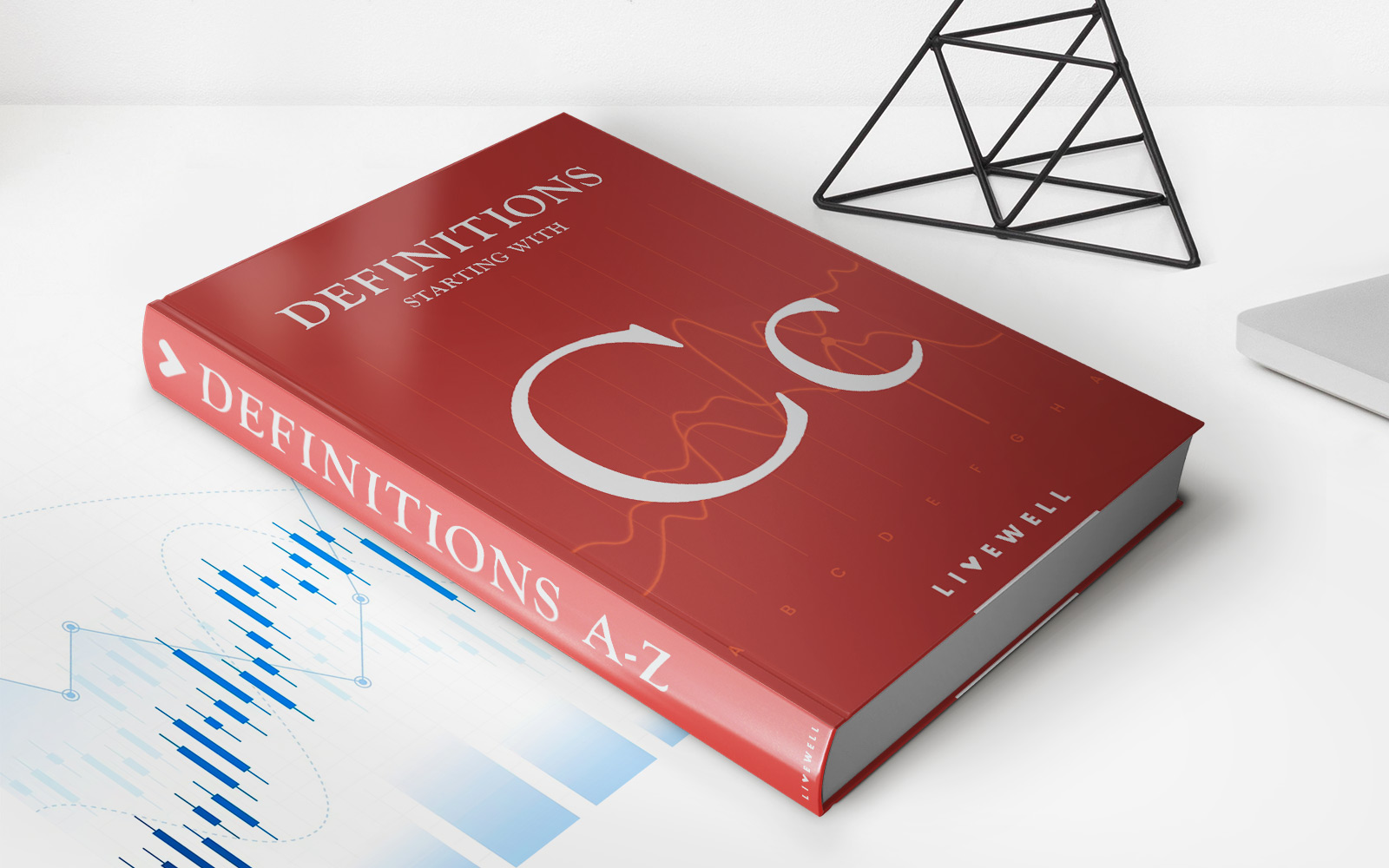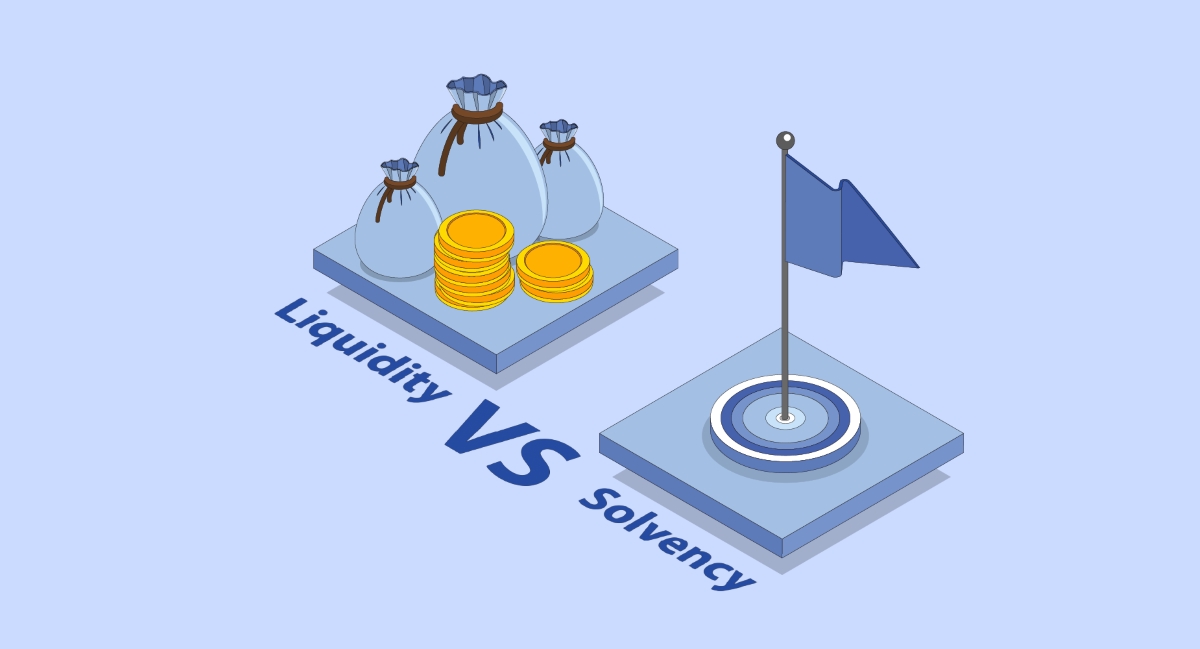

Finance
How Is Minimum Payment Calculated
Published: February 25, 2024
Learn how minimum payments are calculated and the impact on your finances. Understand the factors that determine your minimum payment.
(Many of the links in this article redirect to a specific reviewed product. Your purchase of these products through affiliate links helps to generate commission for LiveWell, at no extra cost. Learn more)
Table of Contents
- Understanding the Minimum Payment on Your Credit Card
- Deciphering the Role of Minimum Payments
- Influential Elements in Minimum Payment Calculation
- Unveiling the Methodology Behind Minimum Payment Determination
- Exceeding Minimum Payments: A Path to Financial Liberation
- Navigating Credit Card Minimum Payments: A Path to Financial Empowerment
Introduction
Understanding the Minimum Payment on Your Credit Card
Credit cards have become an integral part of modern-day financial transactions, offering convenience and flexibility. However, the ease of swiping a credit card often leads to overlooking the complexities associated with managing credit card debt. One crucial aspect that demands attention is the minimum payment requirement. Understanding how the minimum payment is calculated and its implications is essential for maintaining healthy financial habits and avoiding long-term debt traps.
The minimum payment represents the smallest amount a cardholder must pay by the due date to keep the account in good standing. While it may seem like a manageable obligation, failing to grasp its significance can result in prolonged debt and substantial interest payments. Delving into the intricacies of minimum payments can shed light on the factors influencing their calculation, the potential pitfalls of making only minimum payments, and the importance of paying more than the minimum to achieve financial stability.
In this article, we will unravel the mystery behind minimum payments, exploring the methodology employed to determine these amounts and the impact they have on overall debt. By gaining insight into the dynamics of minimum payments, individuals can make informed decisions regarding their credit card usage and repayment strategies, ultimately steering clear of the pitfalls associated with revolving credit card debt.
Understanding Minimum Payments
Deciphering the Role of Minimum Payments
Minimum payments play a pivotal role in the credit card repayment structure, serving as the baseline requirement to keep the account in good standing. It is important to recognize that the minimum payment is not a fixed amount, but rather a calculated figure that typically encompasses a percentage of the outstanding balance, accrued interest, and any fees. This dynamic nature of minimum payments underscores the need for cardholders to comprehend how these amounts are determined and their implications on debt management.
One of the primary purposes of the minimum payment is to ensure that cardholders meet their financial obligations and prevent defaulting on the account. By enforcing a minimum payment threshold, credit card issuers seek to maintain a consistent influx of payments while affording customers the flexibility to manage their repayment schedules. However, it is imperative for cardholders to recognize that making only the minimum payment can lead to prolonged debt and substantial interest accrual, ultimately impeding their journey toward financial freedom.
Moreover, understanding the components that contribute to the calculation of minimum payments is crucial for gaining insight into the mechanics of credit card debt. Typically, the minimum payment comprises a percentage of the outstanding balance, often ranging from 1% to 3% of the total amount owed. In addition to this baseline percentage, any accrued interest and fees are factored in, further augmenting the total minimum payment due.
By comprehending the underlying principles of minimum payments, individuals can appreciate the significance of devising a strategic approach to credit card debt repayment. This entails going beyond the minimum payment to expedite debt reduction and minimize interest accumulation, thereby fostering a healthier financial outlook.
Factors Affecting Minimum Payments
Influential Elements in Minimum Payment Calculation
Several key factors come into play when determining the minimum payment on a credit card. Understanding these elements is instrumental in comprehending the nuances of credit card debt management and formulating effective repayment strategies. By unraveling the influential factors shaping minimum payments, individuals can gain valuable insight into the dynamics of their credit card obligations and make informed decisions regarding their financial health.
- Outstanding Balance: The outstanding balance on a credit card serves as a fundamental determinant of the minimum payment. Typically, the minimum payment constitutes a percentage of the total amount owed, with lower percentages for higher balances. As the outstanding balance fluctuates, so does the minimum payment, underscoring the dynamic nature of this financial obligation.
- Accrued Interest: Interest accumulation significantly impacts the minimum payment, as it contributes to the overall amount due. The inclusion of accrued interest in the minimum payment calculation amplifies the financial burden on cardholders, emphasizing the importance of addressing interest charges to curtail long-term debt escalation.
- Fees and Penalties: Additional fees and penalties, such as late payment fees or over-limit charges, augment the minimum payment. These supplementary costs compound the financial strain on cardholders, necessitating proactive measures to mitigate avoidable fees and penalties.
- Card Issuer’s Policies: Each credit card issuer maintains distinct policies and methodologies for minimum payment calculation. It is imperative for cardholders to familiarize themselves with the specific terms and conditions outlined by their card issuer to gain clarity on how minimum payments are derived and the associated implications.
By recognizing the multifaceted nature of minimum payment determination, individuals can adopt a proactive approach to managing their credit card debt. This entails staying abreast of the factors influencing minimum payments, diligently addressing outstanding balances and interest accrual, and adhering to prudent financial practices to alleviate the burden of credit card debt.
Calculation of Minimum Payments
Unveiling the Methodology Behind Minimum Payment Determination
The calculation of minimum payments on credit cards involves a dynamic process that encompasses various financial components. Understanding the methodology employed in determining these payments is crucial for cardholders seeking to navigate the intricacies of credit card debt management and develop effective repayment strategies.
Typically, credit card issuers calculate the minimum payment as a percentage of the outstanding balance, often ranging from 1% to 3% of the total amount owed. This percentage-based approach ensures that the minimum payment adjusts in tandem with fluctuations in the outstanding balance, reflecting the dynamic nature of credit card debt obligations.
In addition to the baseline percentage of the outstanding balance, accrued interest is factored into the minimum payment calculation. This interest component contributes to the total minimum payment due, further amplifying the financial burden on cardholders. Consequently, addressing accrued interest is pivotal in minimizing the long-term impact of credit card debt and expediting the path to financial stability.
Furthermore, any fees or penalties incurred, such as late payment fees or over-limit charges, are integrated into the minimum payment, compounding the overall amount due. It is imperative for cardholders to remain cognizant of these supplementary costs and endeavor to mitigate avoidable fees through timely and responsible credit card management.
By comprehending the fundamental components that underpin the calculation of minimum payments, individuals can gain clarity on the dynamics of credit card debt and proactively engage in strategic debt repayment. This entails addressing outstanding balances, mitigating interest accrual, and adhering to prudent financial practices to alleviate the burden of credit card debt and pave the way for enhanced financial well-being.
Importance of Paying Above the Minimum
Exceeding Minimum Payments: A Path to Financial Liberation
While meeting the minimum payment requirement on a credit card is essential for maintaining account stability, the significance of paying above the minimum cannot be overstated. Opting to exceed the minimum payment threshold offers a multitude of benefits that can expedite debt reduction, minimize interest accrual, and foster a healthier financial outlook.
By allocating additional funds toward credit card repayment, individuals can accelerate the reduction of their outstanding balances, thereby diminishing the overall debt burden. This proactive approach not only expedites the journey toward debt freedom but also mitigates the long-term financial strain associated with revolving credit card balances.
Moreover, paying above the minimum serves as a strategic mechanism for curbing interest accumulation. Since interest is calculated based on the outstanding balance, reducing this balance through higher payments effectively diminishes the interest accrued, translating to substantial long-term savings and expedited debt repayment.
Furthermore, exceeding the minimum payment requirement empowers individuals to regain control of their financial trajectory. By demonstrating a commitment to proactive debt reduction, cardholders can instill financial discipline, cultivate responsible credit management habits, and pave the way for enhanced financial well-being.
Additionally, embracing a habit of paying above the minimum fosters a proactive mindset toward debt management, positioning individuals to overcome the pitfalls of revolving credit card balances and embark on a path toward financial liberation. This proactive stance not only alleviates the burden of credit card debt but also cultivates a sense of empowerment and financial resilience.
Ultimately, transcending the minimum payment threshold represents a strategic and proactive approach to credit card debt management, offering a gateway to accelerated debt reduction, minimized interest accrual, and enhanced financial stability. By embracing the practice of paying above the minimum, individuals can chart a course toward financial liberation and cultivate sustainable financial habits that pave the way for long-term prosperity.
Conclusion
Navigating Credit Card Minimum Payments: A Path to Financial Empowerment
Understanding the intricacies of credit card minimum payments is pivotal for individuals seeking to fortify their financial acumen and cultivate responsible credit management practices. The dynamic nature of minimum payments, influenced by factors such as outstanding balances, accrued interest, and fees, underscores the importance of delving into the mechanics of credit card debt repayment.
By comprehending the influential elements shaping minimum payments and the methodology employed in their calculation, individuals can gain clarity on the nuances of credit card debt, empowering them to make informed decisions regarding their financial well-being. Recognizing the significance of paying above the minimum, individuals can proactively expedite debt reduction, minimize interest accrual, and cultivate sustainable financial habits that pave the way for long-term prosperity.
Embracing a proactive mindset toward credit card debt management entails transcending the minimum payment threshold, allocating additional funds toward repayment, and curbing interest accumulation. This strategic approach not only accelerates the journey toward debt freedom but also instills financial discipline and resilience, positioning individuals to overcome the pitfalls of revolving credit card balances and achieve financial liberation.
As individuals navigate the realm of credit card debt, the wisdom gleaned from unraveling the intricacies of minimum payments serves as a beacon of financial empowerment. By embracing a holistic understanding of minimum payments and their implications, individuals can chart a course toward enhanced financial stability, prudent credit management, and sustainable debt repayment strategies, ultimately paving the way for a future characterized by financial freedom and prosperity.














